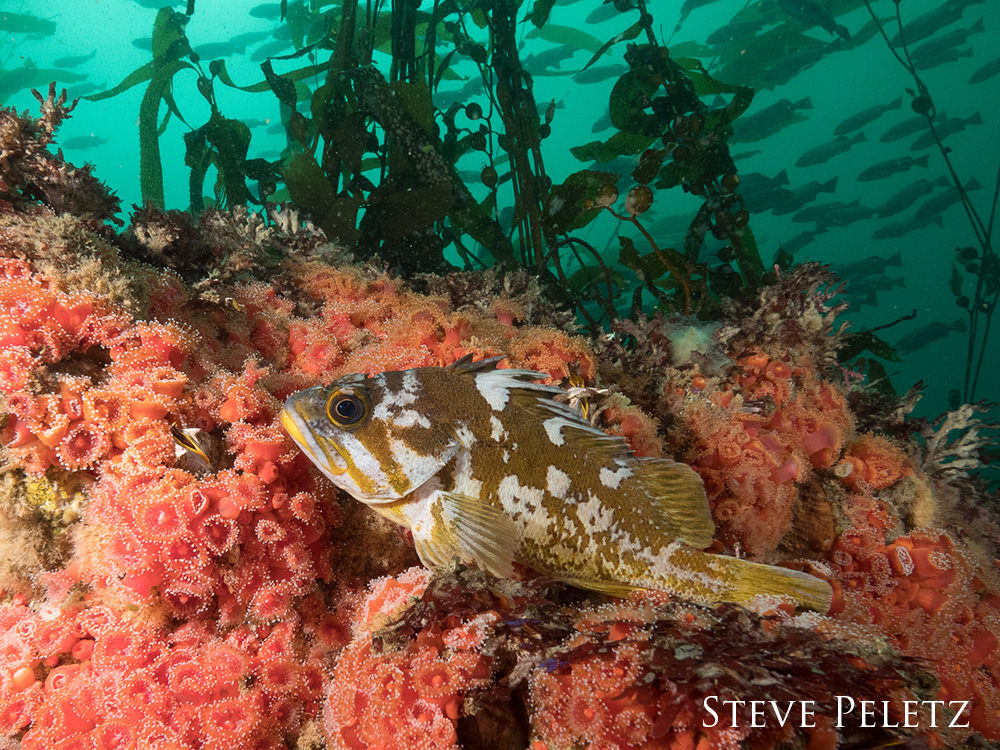Management Plan

The current management plan guides current and future activities at Monterey Bay National Marine Sanctuary to conserve and promote its natural and cultural resources. The plan identifies priority management issues and actions proposed to address them, and reflects input gathered from resource users, stakeholders, interest groups, government agencies, and other members of the public. It provides the framework for public engagement and assists the Sanctuary Advisory Council in their role to offer advice to NOAA related to current and future management opportunities. It also describes planned activities for research, education, outreach, and enforcement programs. Management plans are periodically reviewed and updated in order to ensure responsiveness to current and emerging issues, technologies, and management needs.
2021 Management Plan Documents



